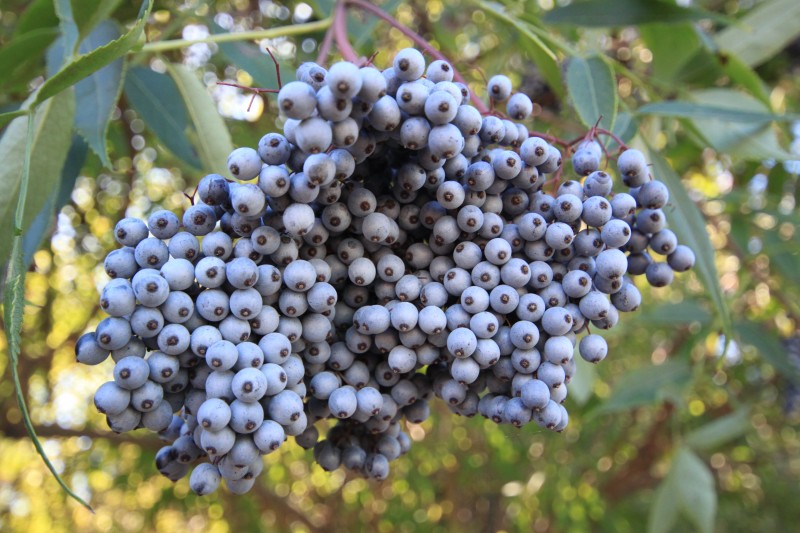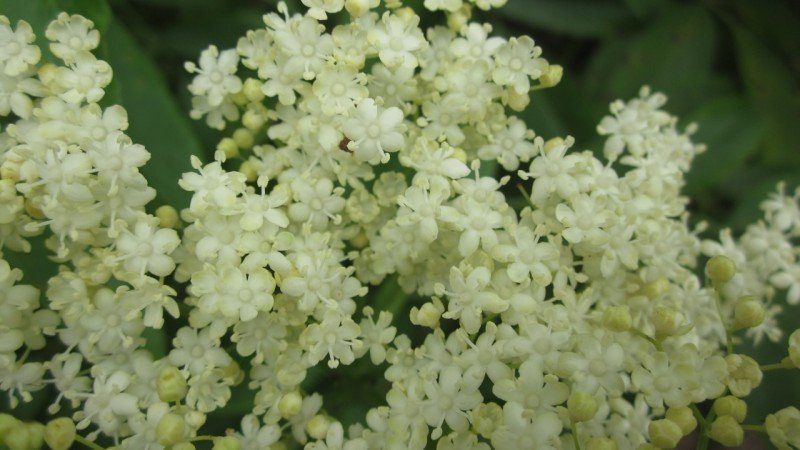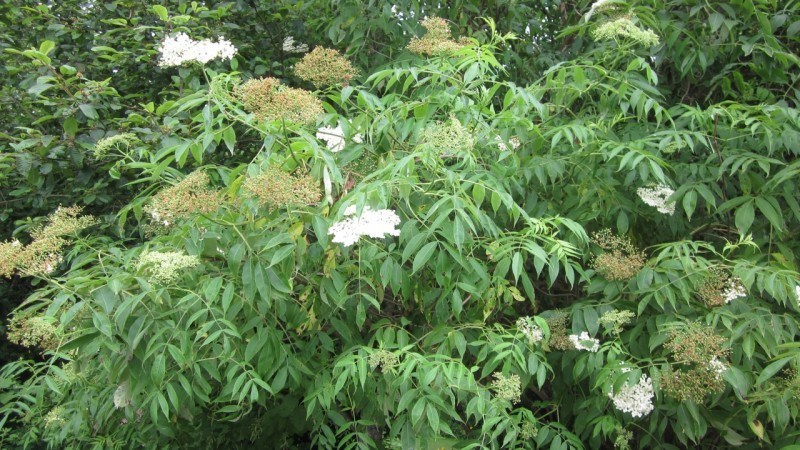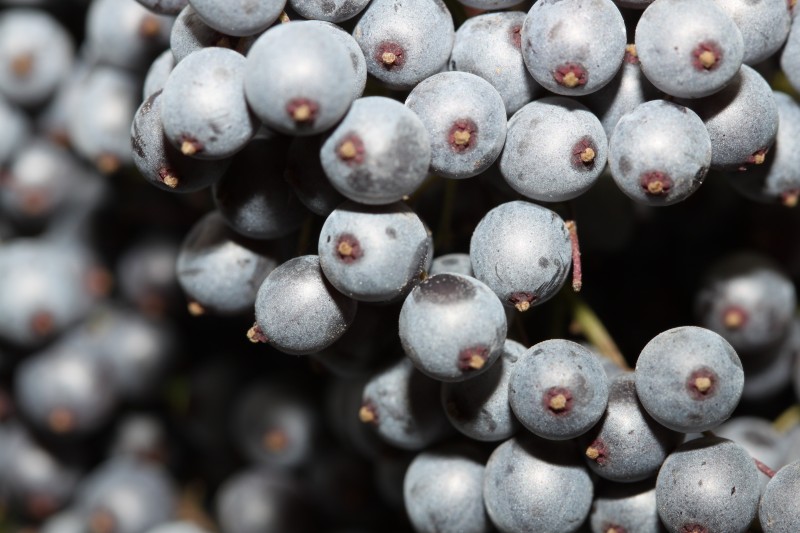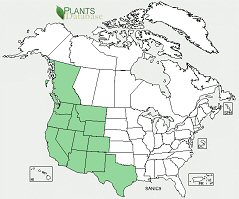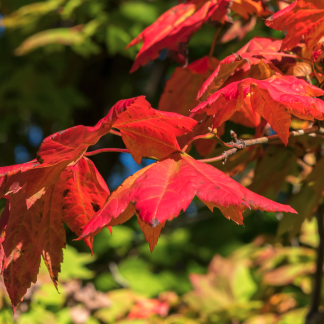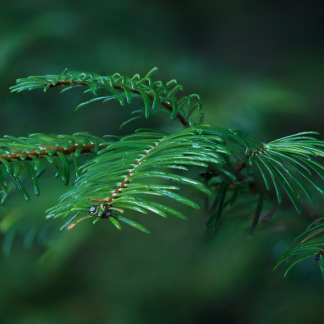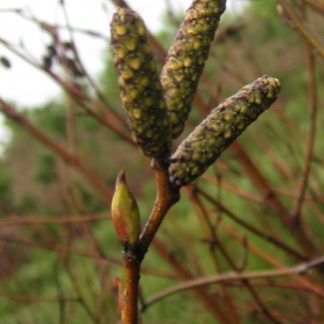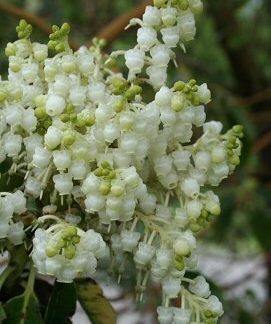Sambucus caerulea
blue elderberry
Habit: blue elderberry is usually a large multi stemmed spreading shrub with many branches, although occasionally is found as a small single trunk tree. Young bark is thin, light brown and covered in small blisters, mature bark becomes gray with irregular furrows. The leaves are compound with 5-9 serrated leaflets. Inflorescences are flat topped and composed of many creamy white flowers. Small, waxy-blue berries are produced in large drooping clusters in late autumn.
Ecology: found near streambanks, in pastures, mixed conifer forests and open places in riparian areas at elevations up to 8900 ft (2700 m), its range swoops across Western North America from British Columbia to Texas. Sambucus caerulea is a dominant understory species in riparian woodlands.
Growing Conditions: full sun to partial shade, well drained moist to dry soil.
The berries can be used to make elderberry wine, jam, syrup, and pies. Caution should be taken for parts of sambucus contain the cyanogenic glycoside, sambunigrin, berries should be cooked before eating. Provides many different habitats, food source and protection that support a diverse array of animal species.
Specs
Deciduous Shrub/Tree
6.5-26 ft (2-8 m)
6.5-20 ft (2-6 m)
5-10

